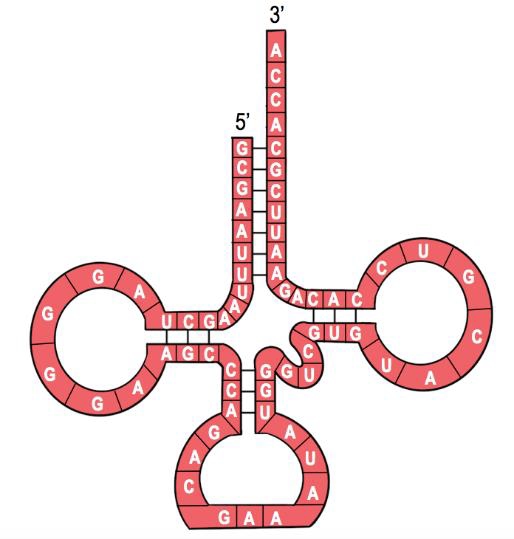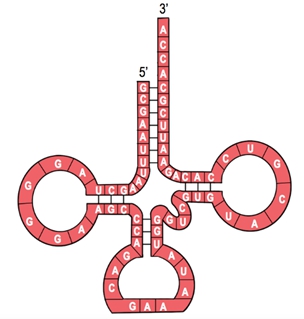Translation is a crucial biological process that synthesizes proteins by interpreting the encoded messages carried by messenger RNA (mRNA). This process primarily involves ribosomes and transfer RNAs (tRNAs), which play essential roles in protein assembly.
Ribosomes are complex structures composed of proteins and ribosomal RNA (rRNA). They serve as the main site for protein synthesis during translation. tRNAs, on the other hand, are RNA molecules that transport amino acids to the ribosome. Each tRNA has a specific anticodon that pairs with a corresponding codon on the mRNA, ensuring that the correct amino acid is added to the growing polypeptide chain.
tRNAs exist in two states: charged and discharged. A charged tRNA is one that is linked to an amino acid, while a discharged tRNA is not attached to any amino acid. The term "charged" in this context does not refer to an electrical charge but rather indicates that the tRNA is carrying an amino acid. This distinction is important for understanding how amino acids are delivered to the ribosome during translation.
During the translation process, the ribosome facilitates the pairing of tRNA anticodons with mRNA codons, which specifies the addition of the correct amino acid to the protein chain. The tRNA's anticodon consists of three nucleotides that complement the mRNA codon, ensuring accurate translation of the genetic code into functional proteins.
In summary, translation is the mechanism by which proteins are synthesized from mRNA, relying heavily on the collaborative functions of ribosomes and tRNAs. As the course progresses, further details about the intricacies of translation will be explored, enhancing the understanding of this vital biological process.




